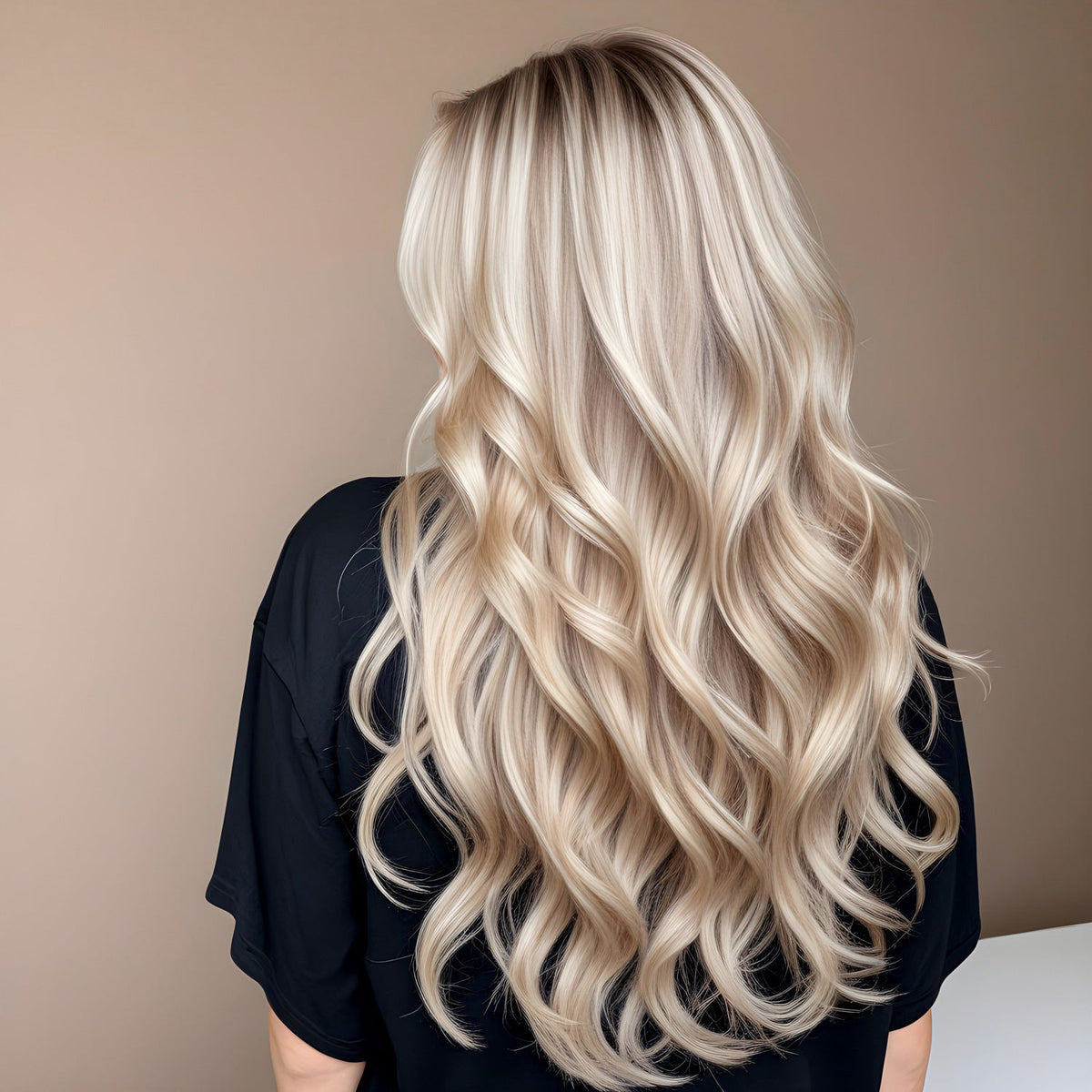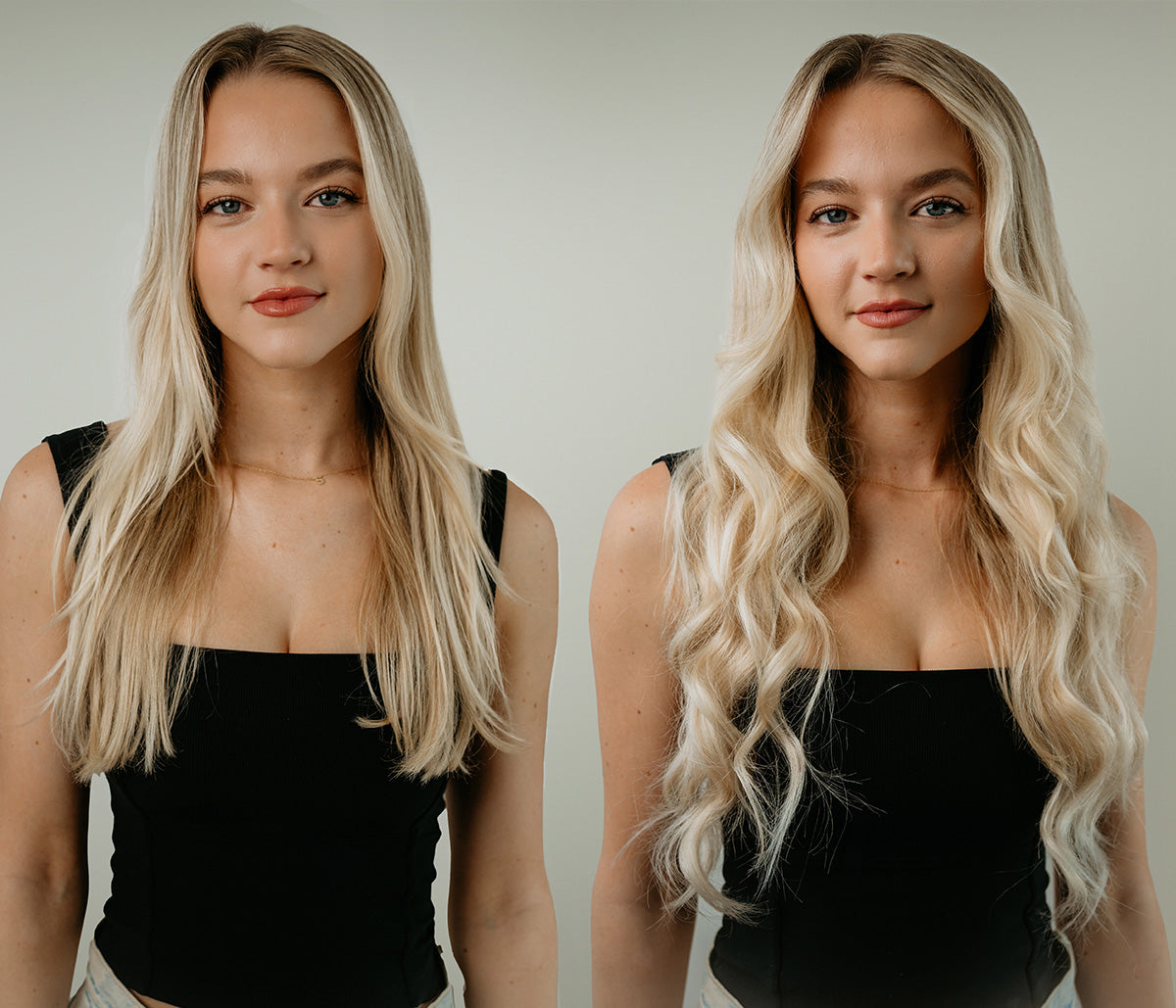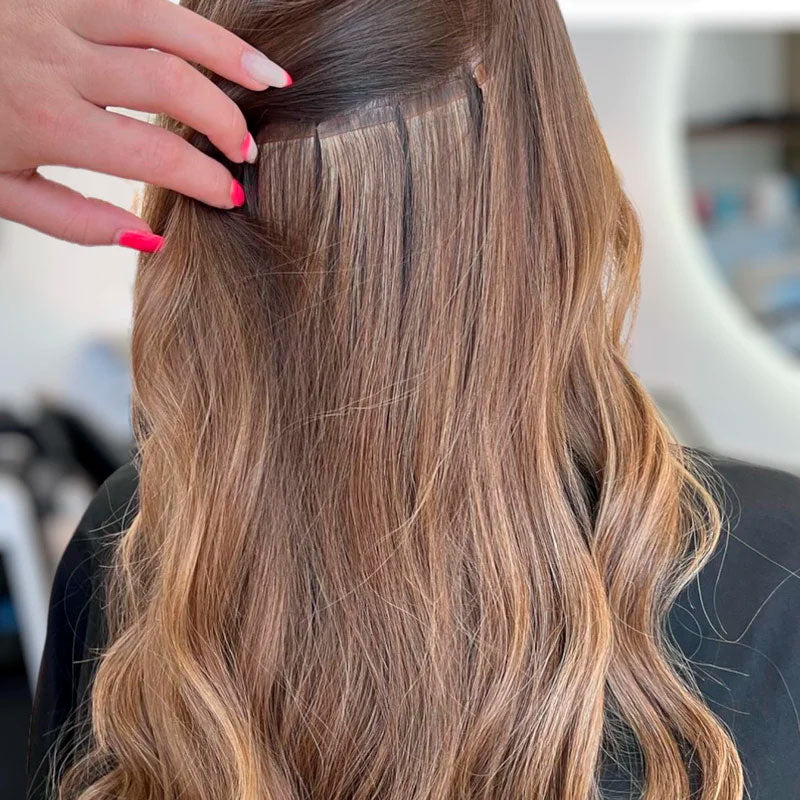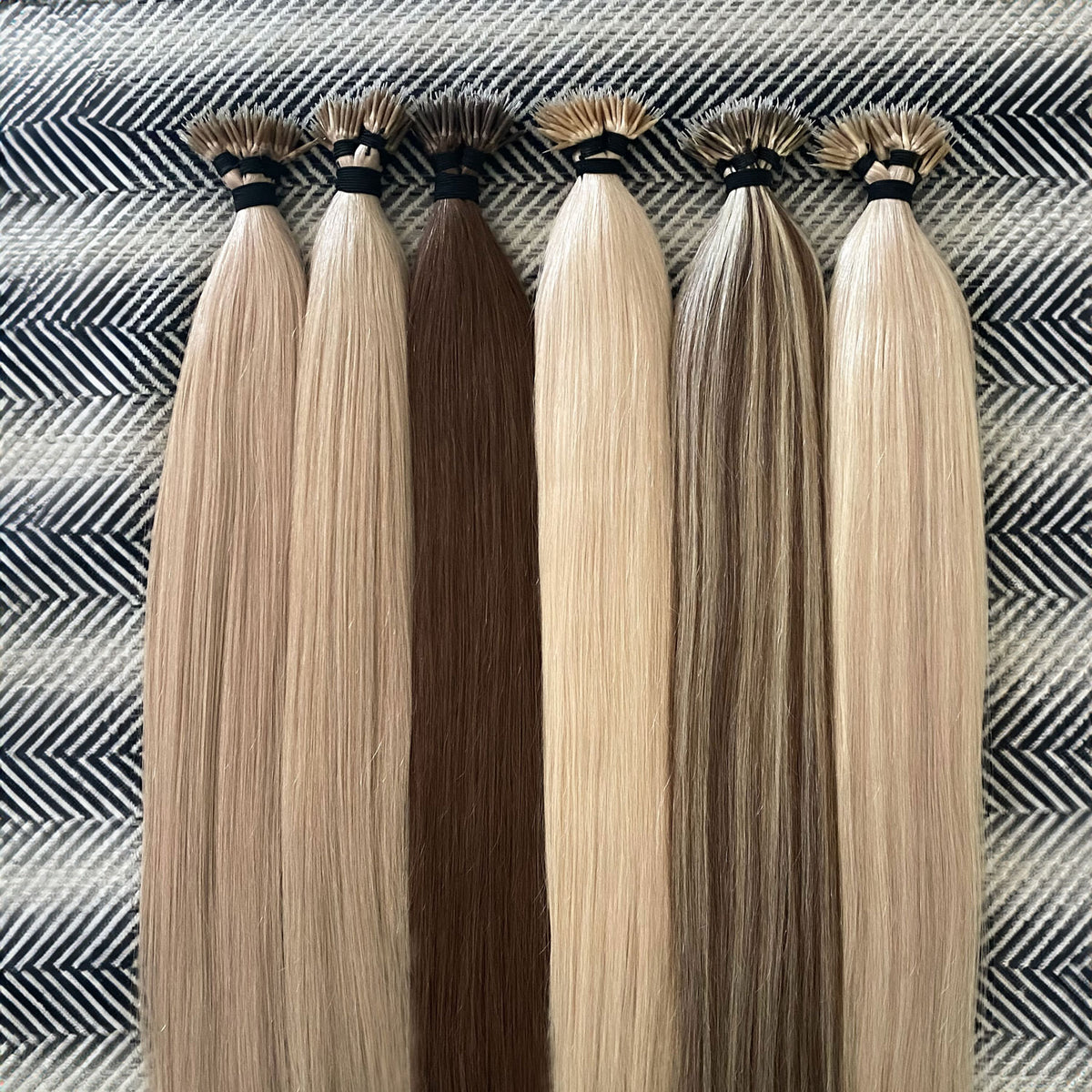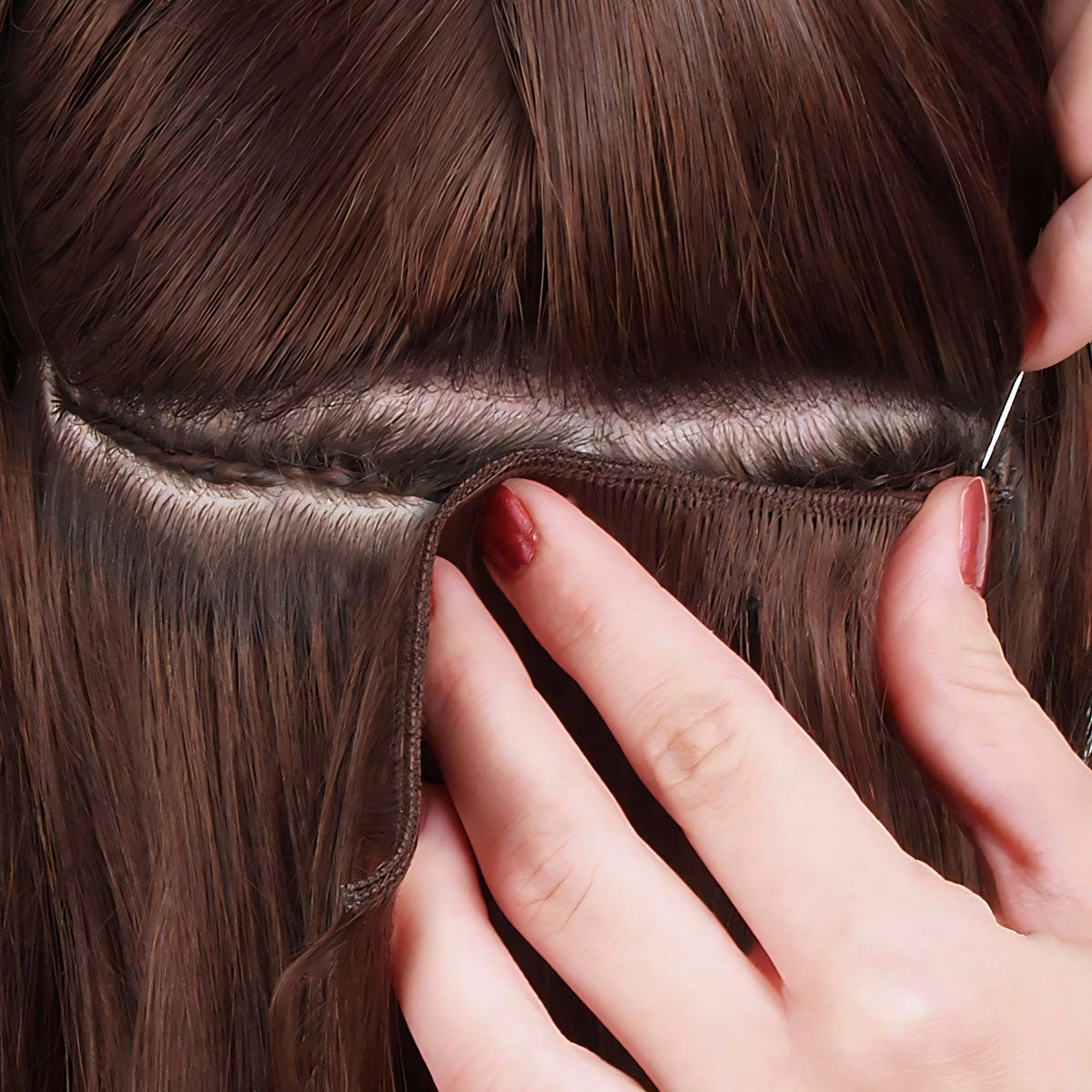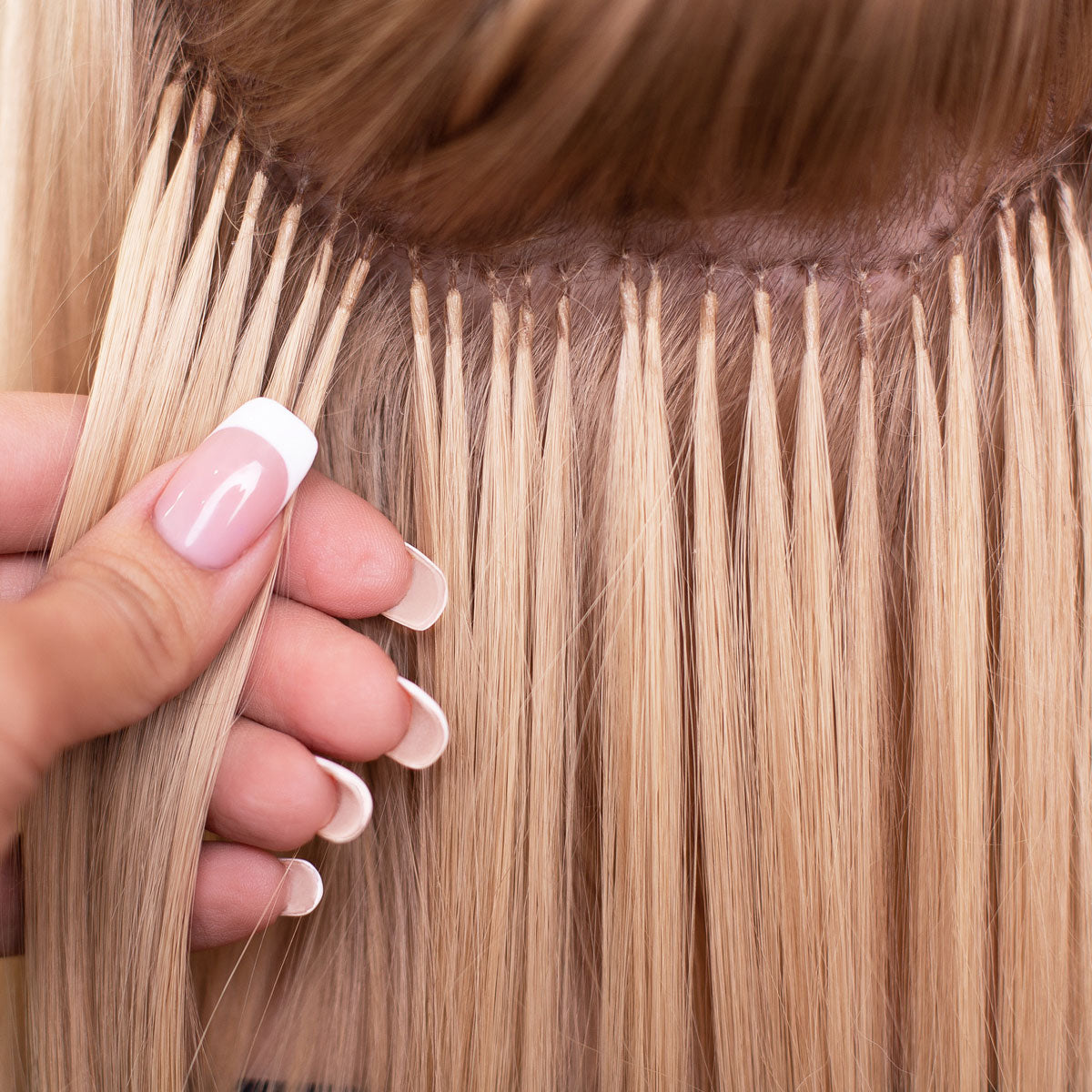Wholesale accounts receive an extra trade discount in a few easy steps, you will be up and running in less than a minute. Message us on our live chat to have your account set up today!
Our live chat is open 8am to 10pm AEST Mon-Sun.
If you do not find what you are looking for we can custom order for your needs.
Check out our reviews
We do not offer payment terms however, we do offer Buy Now, Pay Later wih:
- Afterpay
- Openpay
- Klarna
- Zip Pay
- Paypal
Remy hair is a type of human hair that is commonly used in the production of wigs, weaves, and hair extensions. It is considered to be one of the highest quality types of human hair available on the market and is highly sought after by those who want a natural and long-lasting solution for their hair needs.
One of the defining characteristics of Remy hair is the way in which the hair is collected and processed. Unlike other types of human hair, the cuticles of Remy hair are kept intact and are all facing in the same direction, from root to tip. This helps to prevent tangling and matting, which can be a major problem with other types of human hair.
Remy hair can also be colored, permed, and heat-styled, just like your own natural hair. This makes it an excellent choice for those who want to create a customized look that is tailored to their individual needs and preferences. The hair can also be styled in a variety of ways, from straight and sleek to curly and voluminous.
In addition to its high quality and versatility, Remy hair is also considered to be a more ethical choice for those looking for hair extensions. Since the hair is collected from real people, there is no harm done to animals or any other living beings.
Overall, Remy hair is an excellent option for anyone looking for a natural, high-quality, and long-lasting solution for their hair needs. Whether you are looking to add length, volume, or simply a new look, Remy hair is a great choice that is sure to provide you with the results you are looking for.
There are several types of hair extensions, including:
- Clip-in hair extensions
- Tape-in hair extensions
- Sew-in hair extensions
- Fusion hair extensions
- Micro-bead hair extensions
- Nano hair extensions
- K-Tip hair extensions
- U-Tip hair extensions
Each type of hair extension has its own unique application method, pros, and cons, and is suitable for different lengths, textures, and types of hair.
For fine hair, clip-in hair extensions or tape-in hair extensions are considered the best options. Clip-ins are easy to attach and remove and cause no damage to your hair. Tape-ins are a semi-permanent option that are lightweight and comfortable to wear but need to be reapplied after several weeks. Both of these options allow for a more natural look and blend well with fine hair. It's important to select high-quality, human hair extensions that match your hair texture to ensure a seamless blend and avoid damage to your natural hair.
The lifespan of hair extensions depends on various factors such as the quality of the hair and how well you take care of them. On average, hair extensions last 6-9 months with proper care.
The ponytail test is a simple way to determine the circumference of your ponytail, helping you choose the right amount of hair extensions. See how to measure your ponytail here.
Yes, you can colour human hair extensions, but it is recommended to have them professionally colored to ensure the color is applied evenly and to avoid damaging the hair. It is also important to use a colour-safe shampoo and conditioner to maintain the color. Colour Disclaimer
Here are some tips to keep your human hair extensions looking their best:
- Brush regularly to prevent tangles and keep the hair smooth.
- Wash with a mild shampoo and conditioner specifically for human hair extensions.
- Avoid using heat-styling tools like blow dryers, flat irons, and curling wands on a daily basis to prevent damage.
- Store the extensions properly when not in use to prevent tangles and damage.
- Avoid excessive exposure to the sun, saltwater, and chlorine.
- Get the extensions trimmed and treated by a professional stylist every 6-12 months to keep them looking healthy and prevent split ends.
- Limit the use of hair products like sprays, gels, and mousses, as they can buildup on the extensions and cause damage.
- If you plan to swim, braid the hair or wear a swim cap to protect it from the chlorine or saltwater.
- Avoid sleeping with wet hair extensions, as this can cause tangles and damage.
By following these tips, you can keep your human hair extensions looking their best for a longer period of time.
Read More: Care Information
The best type of hair extension for you depends on your personal preference, hair type, and lifestyle. Some factors to consider include:
- Hair Type: If you have fine hair, tape-ins or clip-ins may be a better option as they don't add too much weight.
- Lifestyle: If you want a low-maintenance option, clip-ins may be the best choice. If you're looking for a more permanent option, sew-ins or fusion extensions may be a better fit.
- Budget: Hair extensions can vary greatly in price, so consider your budget when choosing the best type for you.
- Maintenance: Some types of extensions, such as sew-ins or fusion extensions, require regular maintenance and touch-ups.
It is recommended to consult a hair stylist or extension specialist for a personalized recommendation based on your specific needs and wants.
The frequency of hair extension reapplication depends on several factors such as the type of extensions, the individual's hair growth, and how well they are maintained. On average, hair extensions need to be reapplied every 4-12 weeks. Some types of extensions, such as clip-ins, can be removed and re-attached as needed, while others, like tape-ins, need to be professionally reapplied. It is recommended to consult a stylist for proper maintenance and reapplication schedule based on your specific hair type and extensions.
Yes, there are potential risks associated with wearing hair extensions, including:
- Scalp damage: Overuse of hair extensions or improper application can cause damage to your scalp and hair follicles.
- Hair breakage: Weighing down of your natural hair can cause breakage.
- Alopecia: Constant tension on your scalp can lead to a condition called traction alopecia, causing hair loss.
- Fungal infections: Dirty extensions can cause fungal infections on your scalp.
- To avoid these risks, it is important to:
- Choose high-quality hair extensions and avoid buying cheap, synthetic ones.
- Have the extensions professionally applied to minimize the risk of damage.
- Use gentle hair care products to avoid weighing down your natural hair.
- Keep your scalp and extensions clean to prevent fungal infections.
- Avoid sleeping with the extensions, especially if they are braided or tightly pulled back.
- Get the extensions removed or tightened periodically to prevent traction alopecia. Make sure your specialist removes the extensions and replaces it on other hair that has not had the extensions clamped or taped in your last install.
- Consult with a hair care professional to ensure that you are using the right products and techniques for your hair and extensions.
Hair extensions can become matted for a variety of reasons, such as:
Friction: Friction between the hair extensions and other surfaces can cause the hair to tangle and mat. For example, if you wear your hair extensions to bed without braiding or tying them up, they can rub against your pillowcase or sheets, causing them to become tangled.
Lack of maintenance: If you don't take care of your hair extensions properly, they can become tangled and matted. For example, if you don't brush or comb your extensions regularly, the hair fibers can become knotted and intertwined, leading to matting.
Moisture: Moisture can cause the hair extensions to become matted, especially if they are made from human hair. When human hair gets wet, it can swell and tangle, making it difficult to brush or comb out.
Heat styling: Excessive heat styling can damage the hair fibers, making them more prone to tangling and matting. When the hair becomes damaged, the cuticles can lift and become entangled with other hair fibers, leading to matting.
Overall, it's important to take proper care of your hair extensions to prevent them from becoming matted. This includes brushing and combing them regularly, storing them properly, avoiding excessive heat styling, and protecting them from moisture and friction.
To prevent shedding when cutting machine weft hair extensions, you can follow these steps:
- Use sharp hairdressing scissors or shears that are designed for cutting hair extensions.
- Before cutting, gently comb through the hair extensions to remove any tangles and ensure the wefts are lying flat.
- Cut the wefts in small sections, rather than trying to cut through the entire weft at once. This will help prevent the hair from slipping out of the weft and causing shedding.
- Hold the weft firmly in place with one hand while cutting with the other. This will help prevent the weft from shifting and causing uneven cuts.
- After cutting, gently tug on the weft to check for any loose hairs. If you notice any shedding, apply a small amount of Weft Sealant or clear nail polish to the area to secure the loose hairs in place.
- Seal the ends of the wefts with a weft Sealant to further prevent shedding. Simply apply a small amount to the cut ends and allow to dry completely before installing the extensions.
Remember to handle your extensions with care to ensure their longevity and to prevent shedding.

